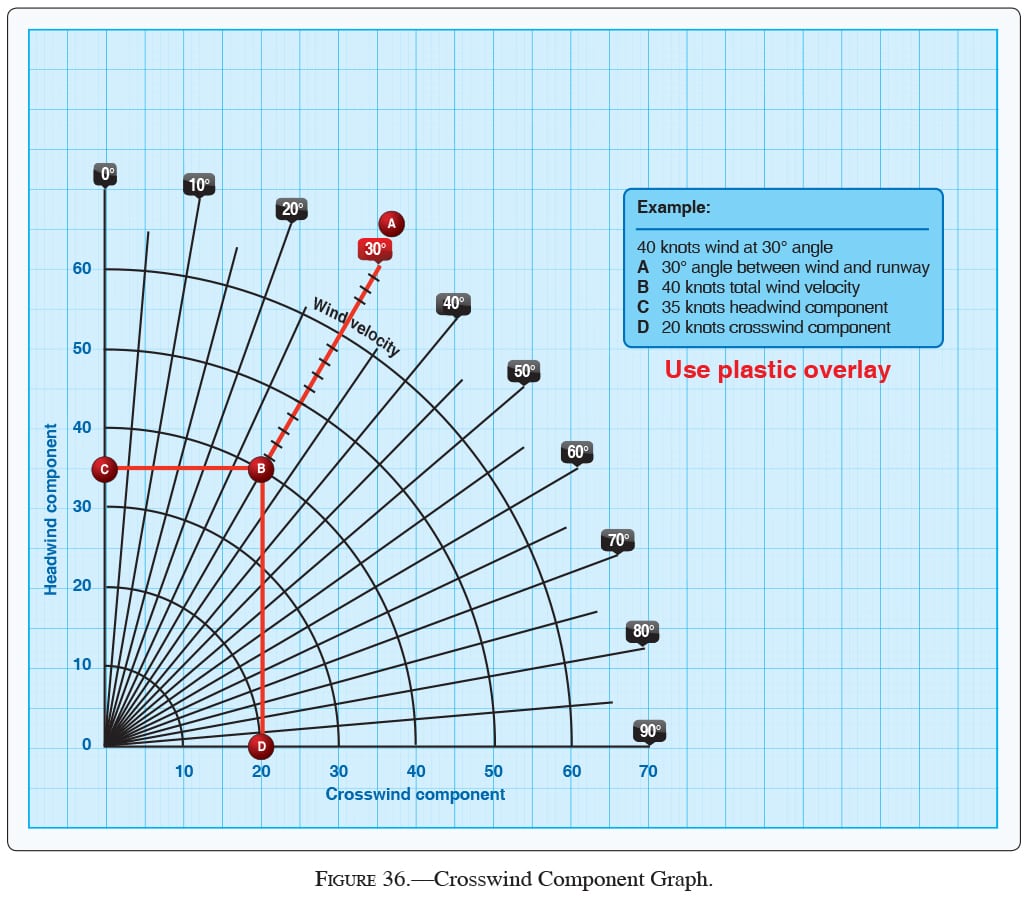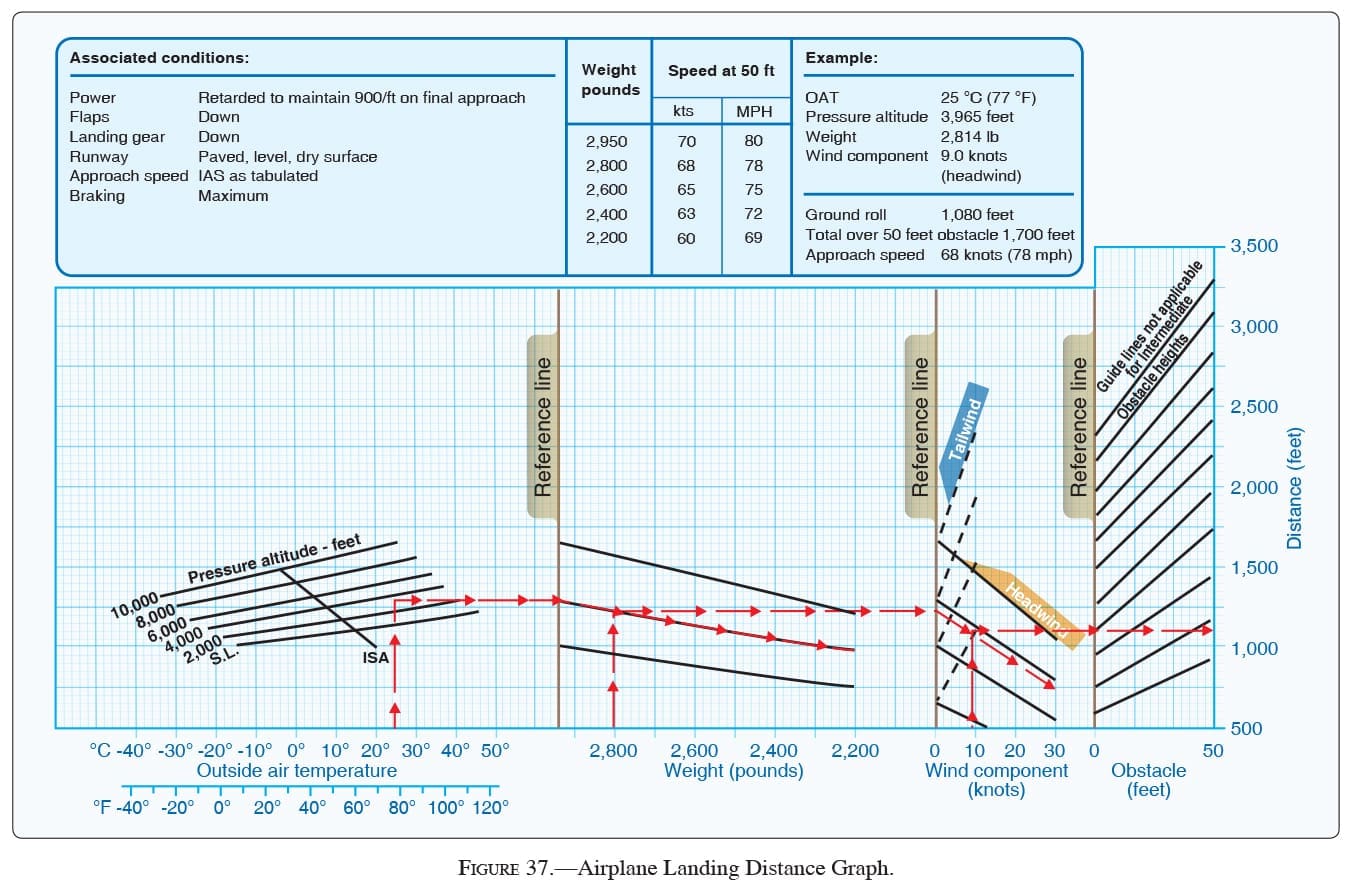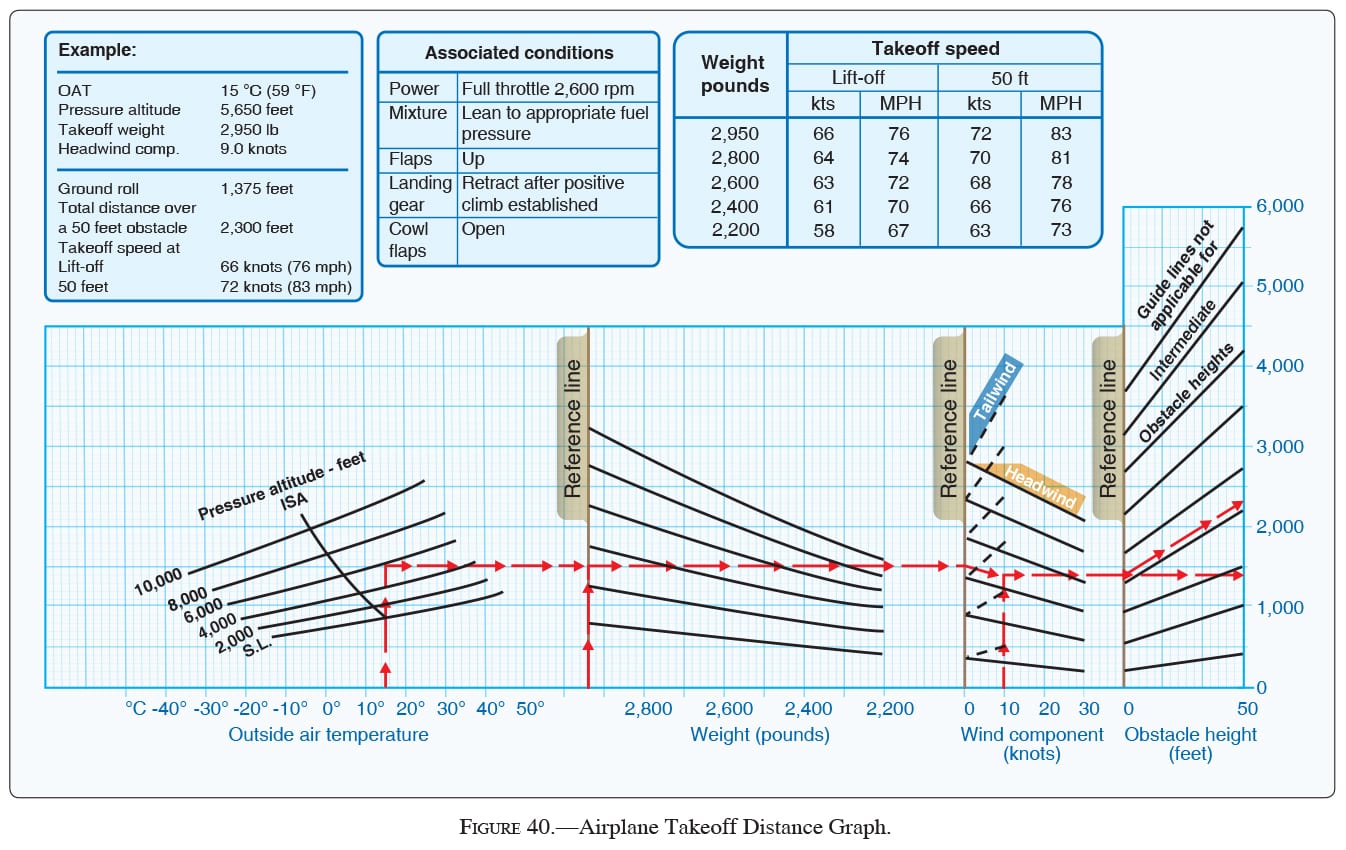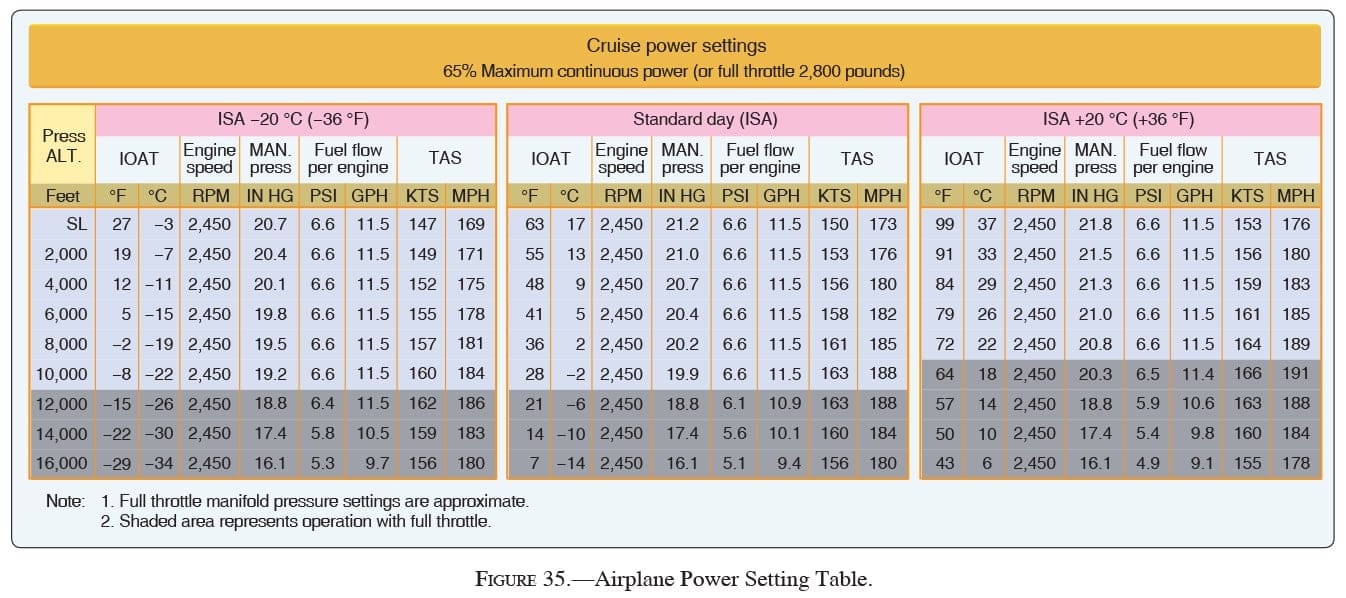FAA Aircraft Performance Test 2
(Refer to Figure 36.) What is the headwind component for a landing on Runway 18 if the tower reports the wind as 220° at 30 knots?

Correct!
Wrong!
(Refer to Figure 36.) Determine the maximum wind velocity for a 45° crosswind if the maximum crosswind component for the airplane is 25 knots.

Correct!
Wrong!
(Refer to Figure 36.) What is the maximum wind velocity for a 30° crosswind if the maximum crosswind component for the airplane is 12 knots?

Correct!
Wrong!
(Refer to Figure 36.) With a reported wind of north at 20 knots, which runway (6, 29, or 32) is acceptable for use for an airplane with a 13-knot maximum crosswind component?

Correct!
Wrong!
(Refer to Figure 36.) With a reported wind of south at 20 knots, which runway (10, 14, or 24) is appropriate for an airplane with a 13-knot maximum crosswind component?

Correct!
Wrong!
(Refer to Figure 36.) What is the crosswind component for a landing on Runway 18 if the tower reports the wind as 220° at 30 knots?

Correct!
Wrong!
(Refer to Figure 37.) Determine the total distance required to land. OAT.........................................32 °F Pressure altitude........................8,000 ft Weight...................................2,600 lb Headwind component..........................20 kts Obstacle....................................50 ft

Correct!
Wrong!
Advertisement
(Refer to Figure 37.) Determine the total distance required to land. OAT.........................................Std Pressure altitude.....................10,000 ft Weight................................2,400 lbs Wind component.............................Calm Obstacle..................................50 ft

Correct!
Wrong!
(Refer to Figure 37.) Determine the total distance required to land. OAT.........................................90 °F Pressure altitude........................3,000 ft Weight...................................2,900 lbs Headwind component..........................10 kts Obstacle....................................50 ft

Correct!
Wrong!
(Refer(Refer to Figure 37.) Determine the approximate total distance required to land over a 50-foot obstacle. OAT.........................................90 °F Pressure altitude........................4,000 ft Weight...................................2,800 lbs Headwind component..........................10 kts to Figure 37.) Determine the approximate total distance required to land over a 50-foot obstacle.

Correct!
Wrong!
(Refer to Figure 38.) Determine the approximate landing ground roll distance. Pressure altitude.................Sea level Headwind..............................4 kts Temperature.............................Std
Correct!
Wrong!
(Refer to Figure 38.) Determine the total distance required to land over a 50-foot obstacle. Pressure altitude..............7,500 ft Headwind..........................8 kts Temperature.......................32 °F Runway.....................Hard surface

Correct!
Wrong!
(Refer to Figure 38.) Determine the total distance required to land over a 50-foot obstacle. Pressure altitude..............5,000 ft Headwind..........................8 kts Temperature.......................41 °F Runway.....................Hard surface

Correct!
Wrong!
(Refer to Figure 38.) Determine the approximate landing ground roll distance. Pressure altitude......................5,000 ft Headwind...................................Calm Temperature..............................101 °F

Correct!
Wrong!
Advertisement
(Refer to Figure 38.) Determine the total distance required to land over a 50-foot obstacle. Pressure altitude.........................3,750 ft Headwind....................................12 kts Temperature....................................Std

Correct!
Wrong!
(Refer to Figure 38.) Determine the approximate landing ground roll distance. Pressure altitude.........................1,250 ft Headwind.....................................8 kts Temperature....................................Std

Correct!
Wrong!
(Refer to Figure 40.) Determine the total distance required for takeoff to clear a 50-foot obstacle. OAT..........................................Std Pressure altitude.......................4,000 ft Takeoff weight..........................2,800 lb Headwind component..........................Calm

Correct!
Wrong!
(Refer to Figure 40.) Determine the total distance required for takeoff to clear a 50-foot obstacle. OAT......................................Std Pressure altitude..................Sea level Takeoff weight......................2,700 lb Headwind component......................Calm

Correct!
Wrong!
(Refer to Figure 40.) Determine the approximate ground roll distance required for takeoff. OAT........................................38 °C Pressure altitude.......................2,000 ft Takeoff weight..........................2,750 lb Headwind component..........................Calm

Correct!
Wrong!
(Refer to Figure 40.) Determine the total distance required for takeoff to clear a 50-foot obstacle. OAT......................................Std Pressure altitude..................Sea level Takeoff weight......................2,700 lb Headwind component......................Calm

Correct!
Wrong!
(Refer to Figure 40.) Determine the approximate ground roll distance required for takeoff. OAT........................................38 °C Pressure altitude.......................2,000 ft Takeoff weight..........................2,750 lb Headwind component..........................Calm
Correct!
Wrong!
Advertisement
(Refer to Figure 40.) Determine the approximate ground roll distance required for takeoff. OAT.........................................32 °C Pressure altitude........................2,000 ft Takeoff weight...........................2,500 lb Headwind component..........................20 kts

Correct!
Wrong!
A pilot and two passengers landed on a 2,100 foot east-west gravel strip with an elevation of 1,800 feet. The temperature is warmer than expected and after computing the density altitude it is determined the takeoff distance over a 50 foot obstacle is 1,980 feet. The airplane is 75 pounds under gross weight. What would be the best choice?
Correct!
Wrong!
(Refer to Figure 35.) Approximately what true airspeed should a pilot expect with full throttle at 10,500 feet with a temperature of 36 °F above standard?

Correct!
Wrong!
(Refer to Figure 8.) What is the effect of a temperature increase from 35 to 50 °F on the density altitude if the pressure altitude remains at 3,000 feet MSL?

Correct!
Wrong!